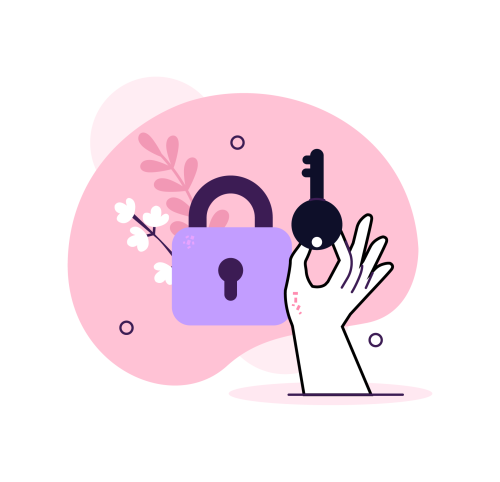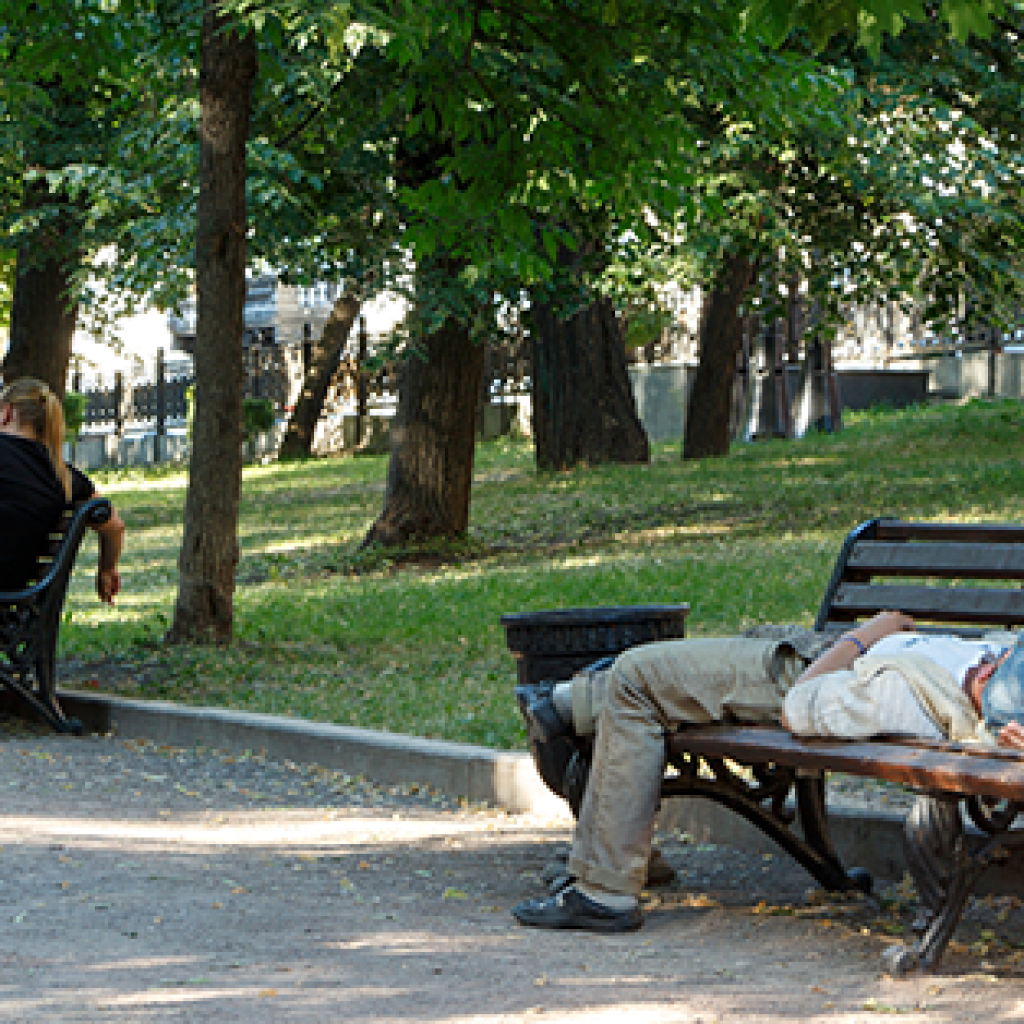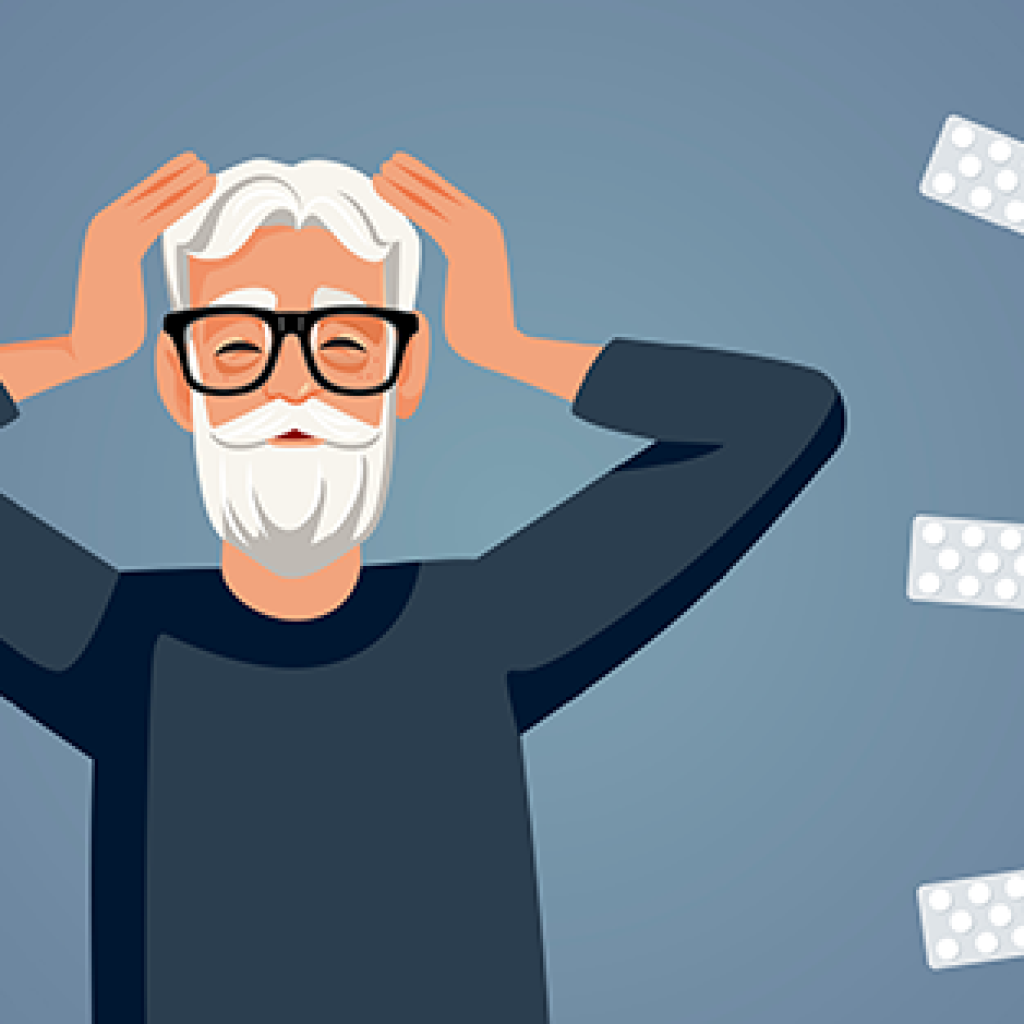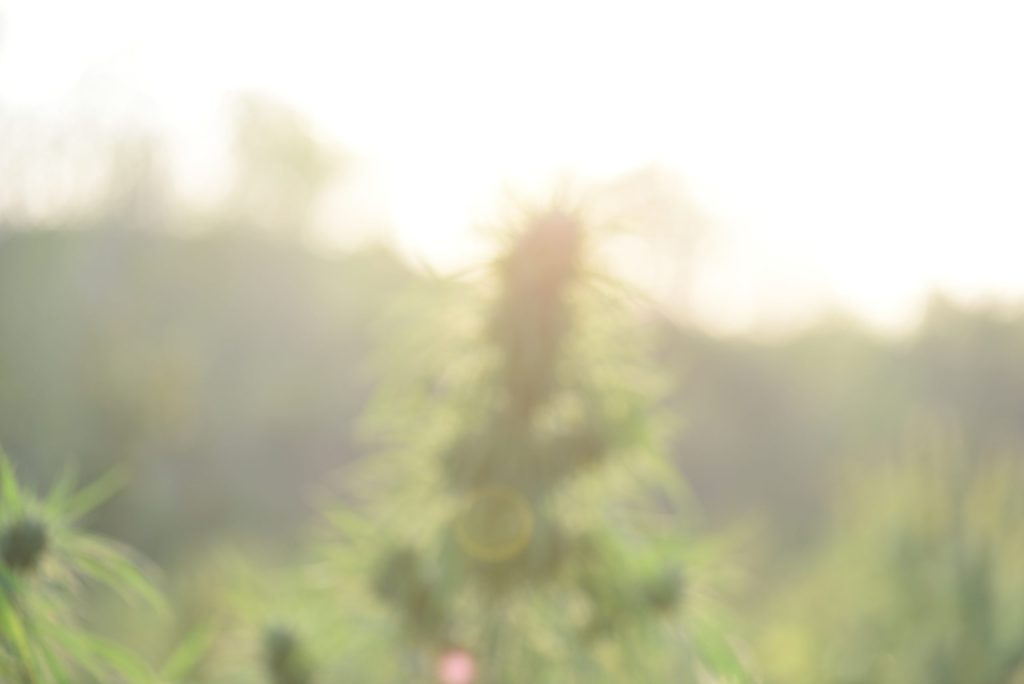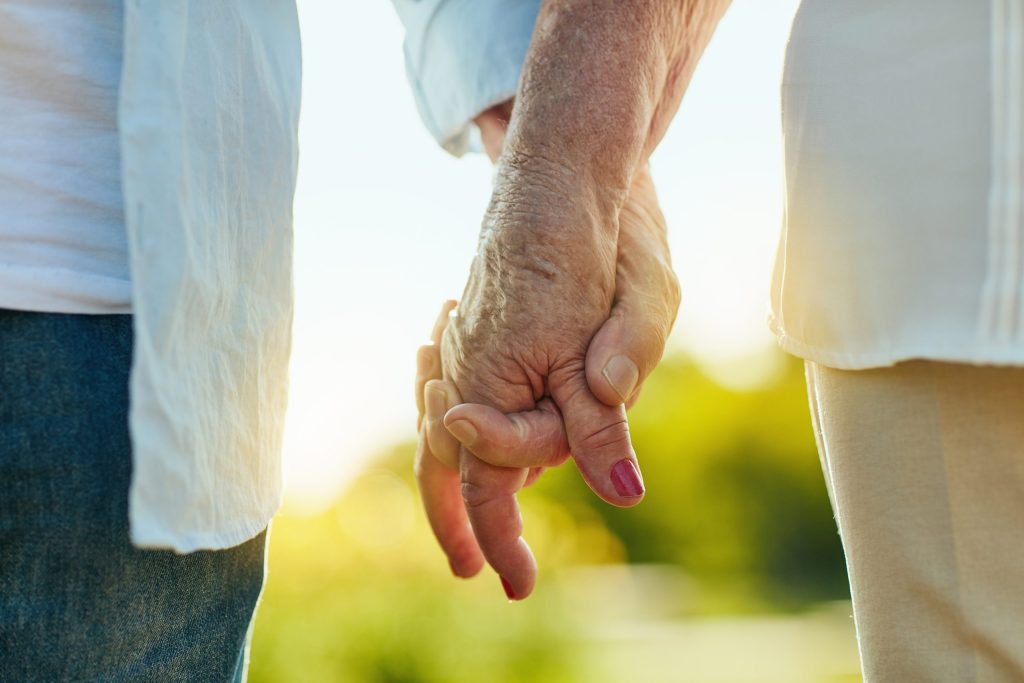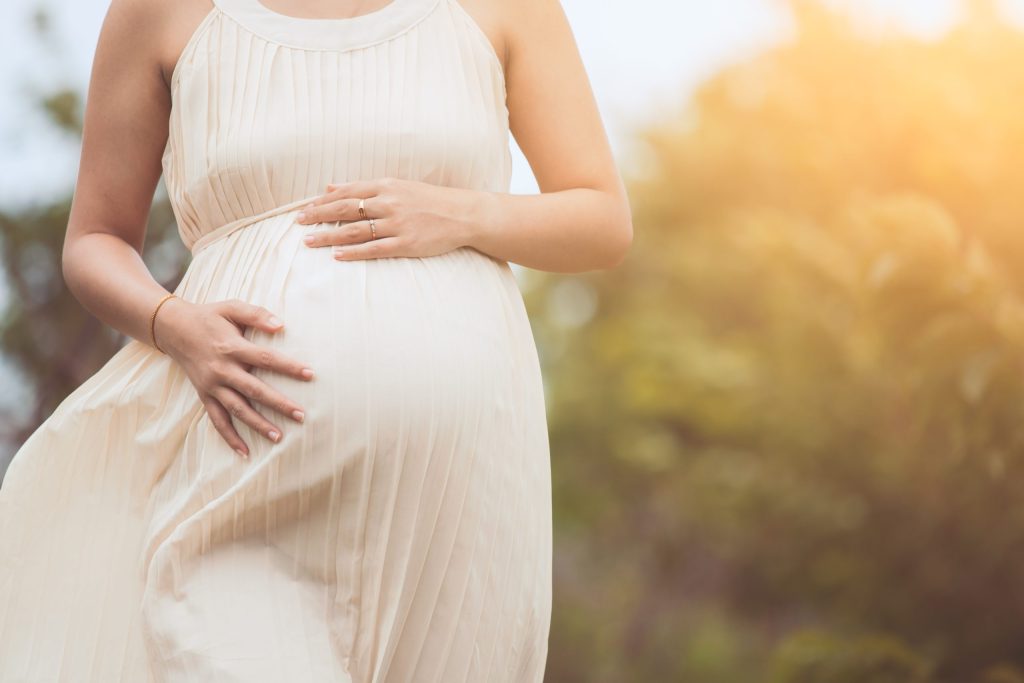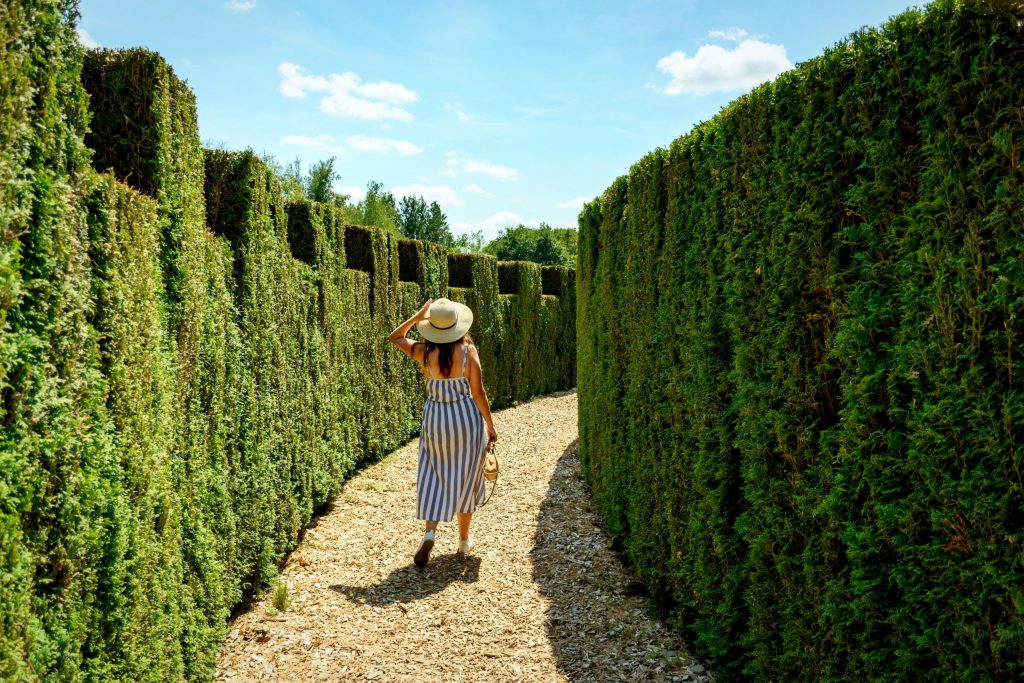Embracing Creativity for a Healthier Mind
“Those who do not engage in the traditional arts might be wary of calling themselves artists. They might perceive creativity as something extraordinary or beyond their capabilities. A calling for the special few who are born with these gifts. Fortunately, this is not the case. Creativity is not a rare ability. It is not difficult to access. Creativity is a fundamental aspect of being human. It’s our birthright and it’s for all of us.”
-Rich Rubin, The Creative Act: A Way of Being
Creativity is commonly associated with art, music, or writing; however its scope extends far beyond these areas. Creativity is defined as a dynamic process through which individuals or groups produce tangible outcomes by combining skills, cognitive processes, and environmental influences. As the understanding of holistic mental health evolves, fostering creativity emerges as a vital pathway to resilience, connection, and healing. According to the World Health Organization, mental health encompasses emotional, psychological, and social well-being, all of which shape our thoughts, emotions, and actions. Integrating creativity into daily life can provide transformative benefits, serving as a powerful outlet for self-expression and emotional release.
Why Creativity Matters for Mental Health
Creativity is essential for mental health, offering a powerful outlet for self-expression, emotional processing, and stress relief. Engaging in creative activities stimulates different areas of the brain, promoting a sense of accomplishment and purpose. This process helps individuals navigate and find meaning in complex emotions, gain fresh perspectives, and alleviate feelings of anxiety or depression. Below are five ways creativity supports mental health.
A Tool for Expressing Emotions
Creativity provides a safe space to explore and express emotions that may be difficult to verbalize. Painting, journaling, or writing poetry, for example, can help individuals process complex emotions such as grief, anxiety, or joy. This externalization often brings clarity and relief.
Relieving Stress and Regulating Emotions
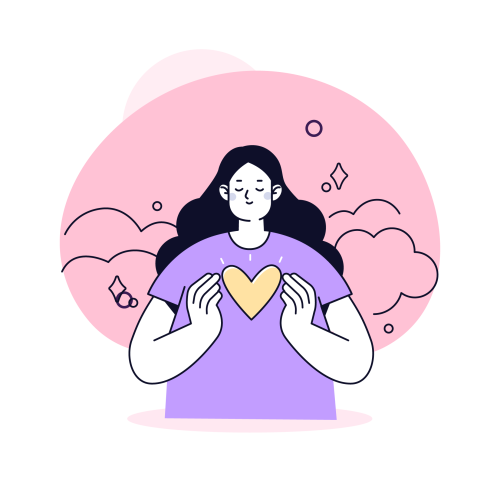
Engaging in creative activities activates the parasympathetic nervous system, which promotes relaxation. This physiological shift can decrease cortisol levels, reduce anxiety, and improve mood. For those struggling with chronic stress, creative outlets can offer a reprieve, grounding them in the present moment.
Enhancing Adaptability and Self-Confidence
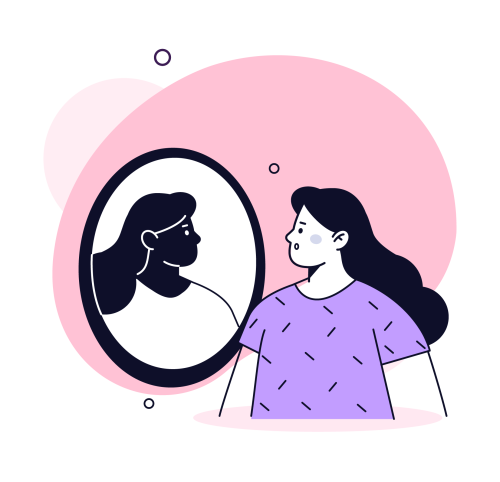
Creativity enhances problem-solving skills, adaptability, and resilience. Whether crafting a story, tackling a design challenge, or improvising in a musical composition, the creative process strengthens the ability to navigate uncertainty. This process also boosts confidence and self-efficacy—the belief in one’s ability to successfully take actions to achieve goals or overcome challenges—both of which are essential for mental well-being.
Building Stronger Relationships
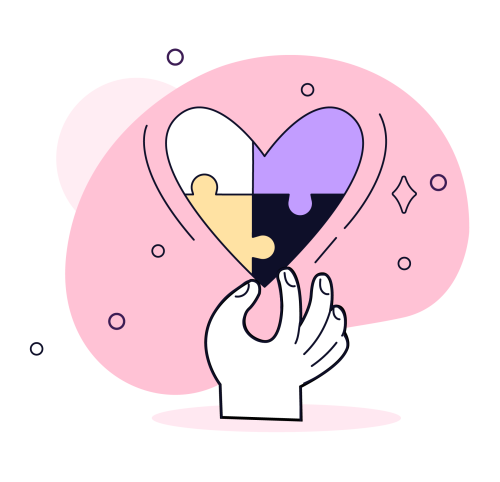
Creative activities often involve working together. Group workshops, team music sessions, or collaborative projects provide opportunities for individuals to connect with others, helping to counter feelings of isolation. For those dealing with loneliness or social anxiety, these shared experiences can have a transformative impact, offering a sense of connection and support. Whether working together on a project or engaging in a collective challenge, these interactions help build meaningful relationships that foster trust and belonging.
Cultivating Mindfulness and Flow
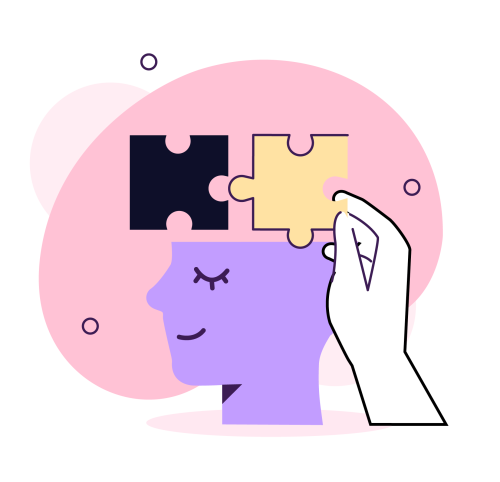
Engaging in creative activities often involves being fully present in the moment, a state closely tied to mindfulness. Whether it’s the precision of woodworking, the stroke of a paintbrush, the rhythm of a martial arts routine, or the intentional crafting of a sculpture, creativity fosters a deep connection to the here and now. This immersion can lead to a sense of “flow,” where time seems to fade away, and individuals feel fully engaged in the task at hand. Such experiences of flow can significantly reduce stress, enhance focus, and promote feelings of fulfillment and joy.
Integrating Creativity into Daily Life
Creativity is about exploration and enjoyment—there’s no right or wrong way to approach it. There are endless ways to engage in creative activities, and it doesn’t always require traditional forms of art. What matters most is finding something that resonates with you and brings joy, relaxation, or inspiration. Below are five ways to integrate creativity into your daily life.
1. Explore Different Creative Modalities
We encourage you to identify the activities you already enjoy and try out a few new ones you’d like to incorporate. This list is not exhaustive, so feel free to add others you enjoy doing in the comments below.

Visual Arts
1. Painting with watercolors, acrylics, or oils.
2. Drawing or sketching with pencils, charcoal, or markers.
3. Creating collages using magazines, photos, or found objects.
4. Sculpting with clay, wood, or recycled materials.
5. Experimenting with photography or photo editing.

Writing
6. Journaling to reflect on emotions or experiences.
7. Writing short stories, poetry, or personal essays.
8. Trying creative prompts to spark new ideas.
9. Starting a blog or creative newsletter.
10. Exploring creative forms like blackout poetry or microfiction.

Music
11. Learning to play a musical instrument.
12. Writing songs or lyrics.
13. Creating playlists to match your mood or intentions.
14. Experimenting with music production or sound editing.
15. Joining a choir, band, or other group.

Movement and Performance
16. Dancing freestyle or choreographing a routine.
17. Practicing yoga or tai chi with an expressive focus.
18. Acting in local theater productions or improvisation groups.
19. Participating in role-playing games or cosplay.
20. Developing a storytelling performance or spoken word piece.

Crafting and DIY Projects
21. Knitting, crocheting, or sewing.
22. Making jewelry or accessories.
23. Designing or upcycling furniture or clothing.
24. Creating handmade gifts, like candles or soaps.
25. Working on home improvement or garden projects

Digital Creativity
26. Designing graphics, logos, or digital art.
27. Creating animations or motion graphics.
28. Editing videos for fun or social media.
29. Trying coding as a creative problem-solving outlet.
30. Building interactive projects like games or apps.

Culinary Arts
31. Experimenting with new recipes or cooking styles.
32. Baking and decorating cakes, cookies, or bread.
33. Creating custom cocktails or mocktails.
34. Arranging creative food presentations or charcuterie boards.
35. Preserving foods like jams or pickles with unique flavors.

Nature-Based Creativity
36. Designing a garden or planting flowers.
37. Creating nature-inspired crafts like wreaths or terrariums.
38. Photographing landscapes or wildlife.
39. Building birdhouses or outdoor art.
40. Pressing flowers to make art or cards.

Mindfulness-Driven Creativity
41. Drawing mandalas or creating geometric patterns.
42. Practicing mindful coloring with adult coloring books.
43. Writing gratitude or affirmation lists in a creative format.
44. Creating vision boards for goals and dreams.
45. Journaling or sketching outdoors to connect with nature.

Creative Social Activities
46. Hosting a craft night or art party.
47. Joining community workshops or classes.
48. Participating in group mural projects.
49. Contributing to collaborative storytelling or writing challenges.
50. Sharing creations in local or online communities.
2. Building Environments that Encourage Creative Thinking
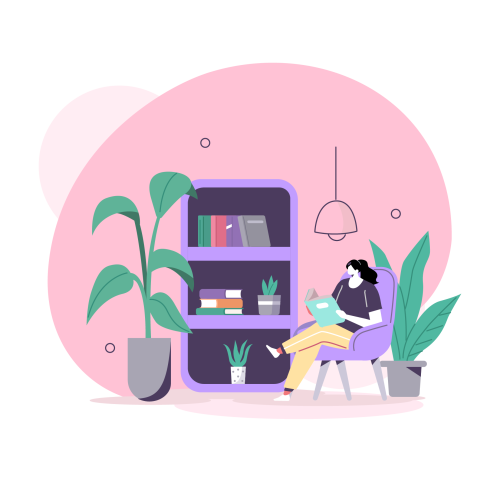
Creating environments that encourage creativity can make it more accessible and enjoyable. These spaces help individuals tap into their creative potential, offering both inspiration and a sense of purpose. Dedicate a small corner of your home or garage to creative activities like woodworking, sketching, or crafting. For example, a space for building models, assembling gear, or working on a personal project can serve as both a functional and creative outlet.
3. Make Creativity Part of Self-Care
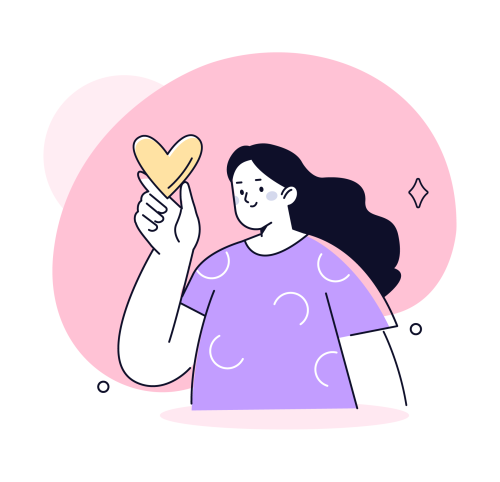
Creative hobbies can be a powerful addition to self-care routines, offering a healthy balance to the stresses of daily life. Activities like knitting, photography, or gardening provide an opportunity to slow down and focus on something calming and fulfilling. These practices not only help reduce stress but also encourage mindfulness, allowing individuals to be present in the moment and recharge mentally. By incorporating creative outlets into self-care, people can find a sense of peace and renewal, improving their overall well-being.
4. Use Creativity to Understand Emotions
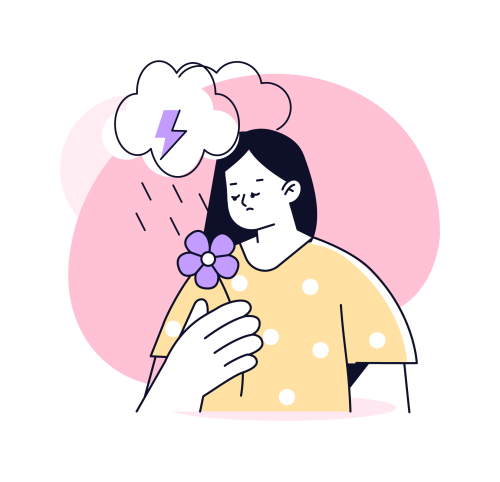
Creative approaches can be an effective way to process and understand emotions, making it easier to cope with complex feelings. For instance, using metaphors, storytelling, or visual aids like drawing or journaling can help individuals express and explore emotions that might otherwise feel difficult to articulate. By creating something tangible or visualizing feelings, people gain deeper insights into their emotional states, leading to greater emotional awareness and understanding. This practice also offers a safe space for reflection and emotional release.
5. Encourage Creative Problem-Solving
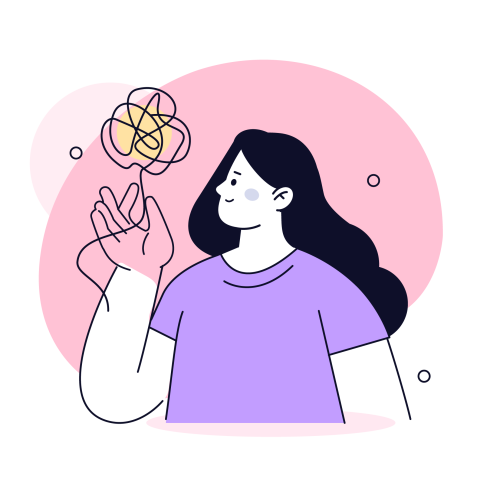
Life often presents challenges that require creative thinking and problem-solving. By practicing creativity in everyday tasks—such as experimenting with a new recipe, building something from scratch, or rearranging furniture—individuals can sharpen their problem-solving skills. These small creative challenges encourage out-of-the-box thinking and foster flexibility in tackling larger problems. Over time, consistently engaging in creative problem-solving builds confidence and resilience, as it reinforces the ability to approach any challenge with a positive, inventive mindset.
While the benefits of creativity are clear, several barriers often prevent people from fully engaging in it. Misconceptions about creativity are common, with many individuals believing they’re “not creative” based on past experiences or societal expectations. It’s important to remember that creativity is about self-expression, not perfection—everyone has the capacity to be creative. Another challenge is the lack of time or resources, as busy schedules or limited materials can make it difficult to prioritize creative pursuits. Starting small, like doodling for five minutes a day or singing along to a favorite song, can still offer meaningful benefits. Additionally, the fear of judgment can stifle creativity, as individuals may worry about how others perceive their work. Engaging in private activities, such as journaling or painting at home, can help build confidence and reduce self-consciousness, making it easier to embrace creativity without concern for external judgment.
Moving forward, embracing creativity allows individuals to express themselves authentically, develop tools for emotional regulation and resilience, and build meaningful connections with others. Whether through a brushstroke, a melody, or a well-crafted story, the creative process has the power to heal, inspire, and transform. By making creativity a part of our daily lives, we take a small but impactful step toward enhanced mental well-being for ourselves and those around us.
References
Jean-Berluche, D. (2024). Creative expression and mental health. Journal of Creativity, 34(2), Article 100083. https://doi.org/10.1016/j.yjoc.2024.100083
Omar Yousaf & Jasmin Taylor (2023) Dispositional Mindfulness Mediates the Relationship between Emotion Regulation and Creativity, Journal of Creativity in Mental Health, 18:4,511-521, DOI: 10.1080/15401383.2022.2074182
OpenAI. (2024). ChatGPT (Version 4) [AI language model]. Assisted in generating ideas and editing content for improved flow in the blog post on creativity and mental health. Retrieved January 27, 2024, from https://chat.openai.com
Blog Post Tags:
Related Blog Posts
Related Learning Labs
Related Resources
.
- Buscar Tratamiento de Calidad para Trastornos de uso de Sustancia (Finding Quality Treatment for Substance Use Disorders Spanish Version)
- Finding Quality Treatment for Substance Use Disorders
- Focus On Prevention: Strategies and Programs to Prevent Substance Use
- Monthly Variation in Substance Use Initiation Among Full-Time College Students
- The National Survey on Drug Use and Health (NSDUH) Report: Monthly Variation in Substance Use Initiation Among Adolescents

